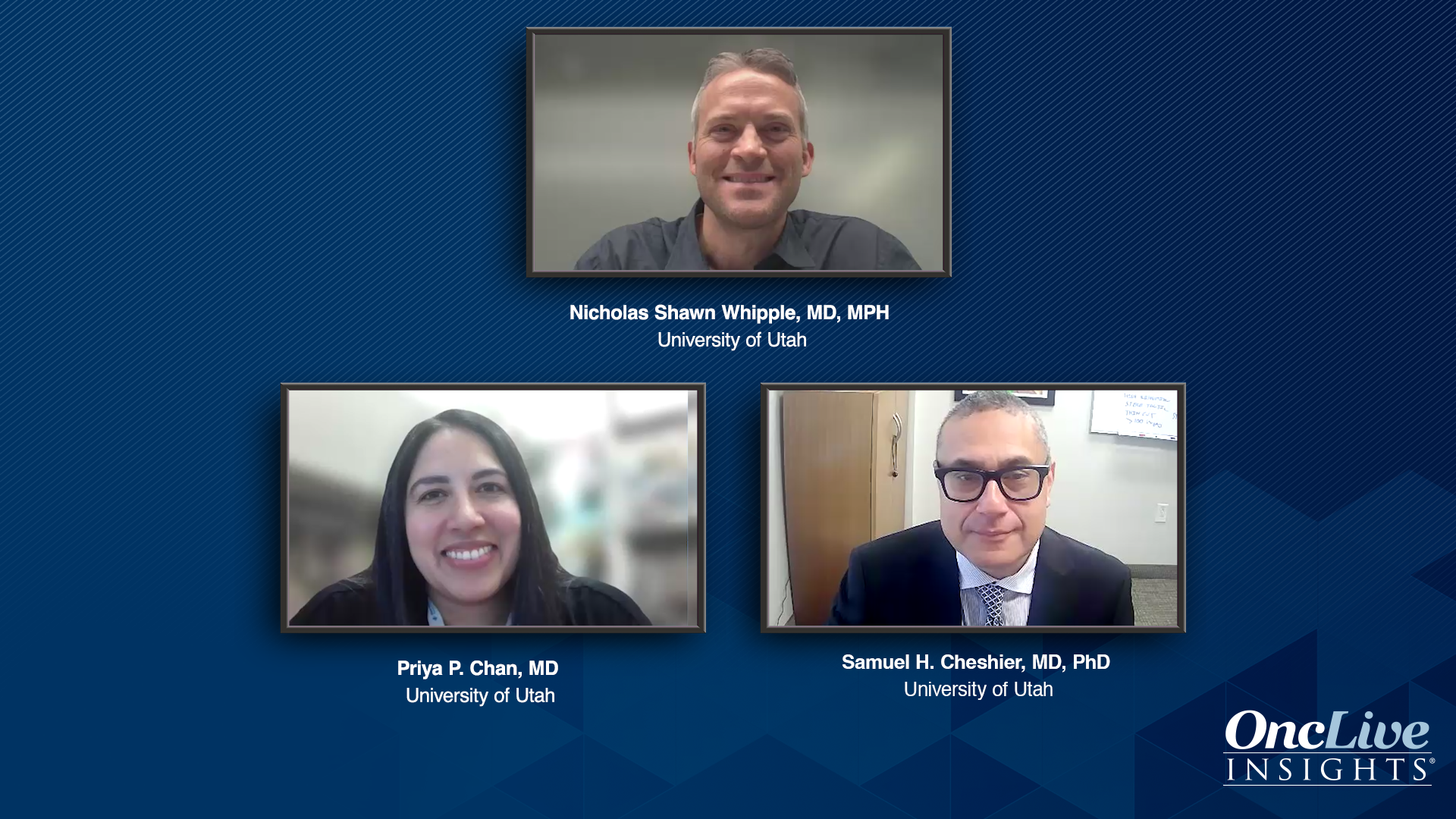The landscape of treatment for pediatric low-grade gliomas (pLGG) is undergoing a significant transformation with the introduction of targeted therapy options. These advancements offer improved outcomes tailored to the individual needs of young patients. Traditionally, systemic treatment relied heavily on cytotoxic chemotherapy, utilizing regimens such as carboplatin and vincristine or combinations like thioguanine, procarbazine, and lomustine. While these methods have proven effective, they often necessitate central lines for administration and can lead to immune suppression along with other adverse effects.
Shifting Focus to Targeted Therapies
With an expanding understanding of the molecular characteristics of pLGGs, targeted therapies are emerging as a promising alternative. Many of these tumors exhibit alterations in the MAPK pathway, which has paved the way for the development of oral agents designed to inhibit this pathway. Medications such as BRAF and MEK inhibitors allow for at-home administration, eliminating the need for infusion ports commonly required in traditional chemotherapy treatments.
The appeal of these targeted therapies extends beyond their administration routes. They are generally better tolerated than conventional chemotherapy, enabling children to maintain more regular daily activities, including school attendance and participation in extracurricular pursuits. This is particularly important as treatment for pLGGs often spans several years, necessitating a balance between effective tumor management and quality of life.
Personalized Treatment Approaches
As clinicians navigate the complexities of pLGG treatment, the focus has shifted towards personalized approaches. Each patient’s therapy plan is increasingly informed by the specific biology of their tumor, individual characteristics, and responses to previous treatments. The overarching goal is to effectively manage symptoms, slow or halt tumor progression, and ultimately guide the tumor towards a biologically inactive state in later life.
While the future of pLGG treatment is promising, ongoing research and clinical trials will continue to inform and refine these strategies. Each advancement holds the potential to enhance long-term outcomes for young patients facing this chronic condition. The integration of targeted therapies alongside existing treatment modalities represents a significant step forward in developing a comprehensive treatment toolbox for pediatric low-grade gliomas.
